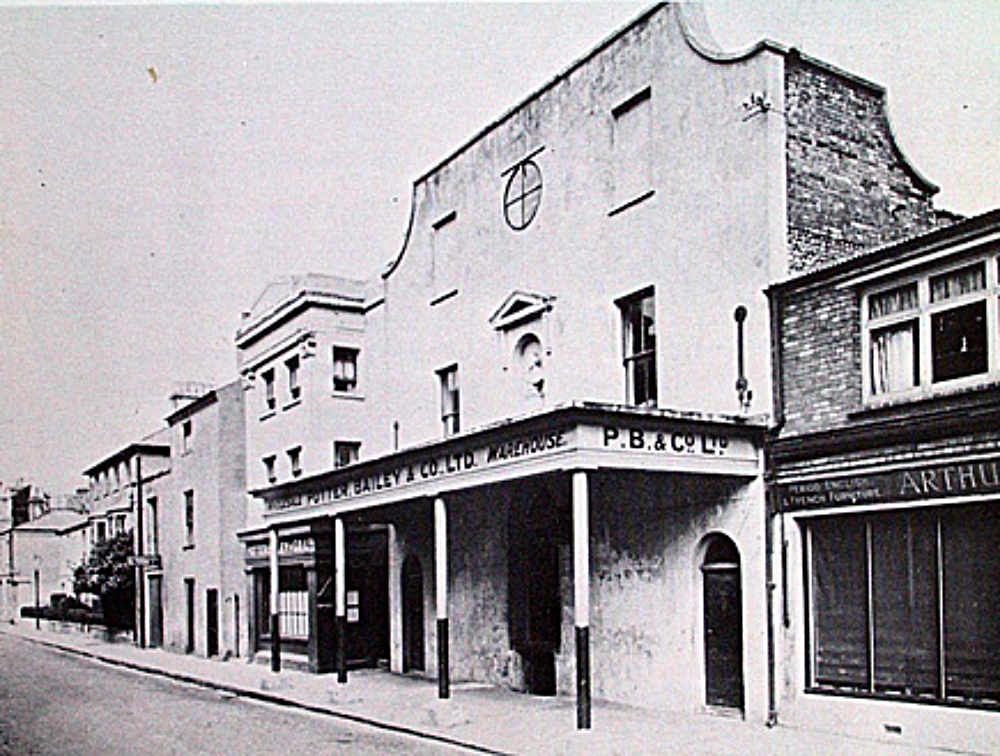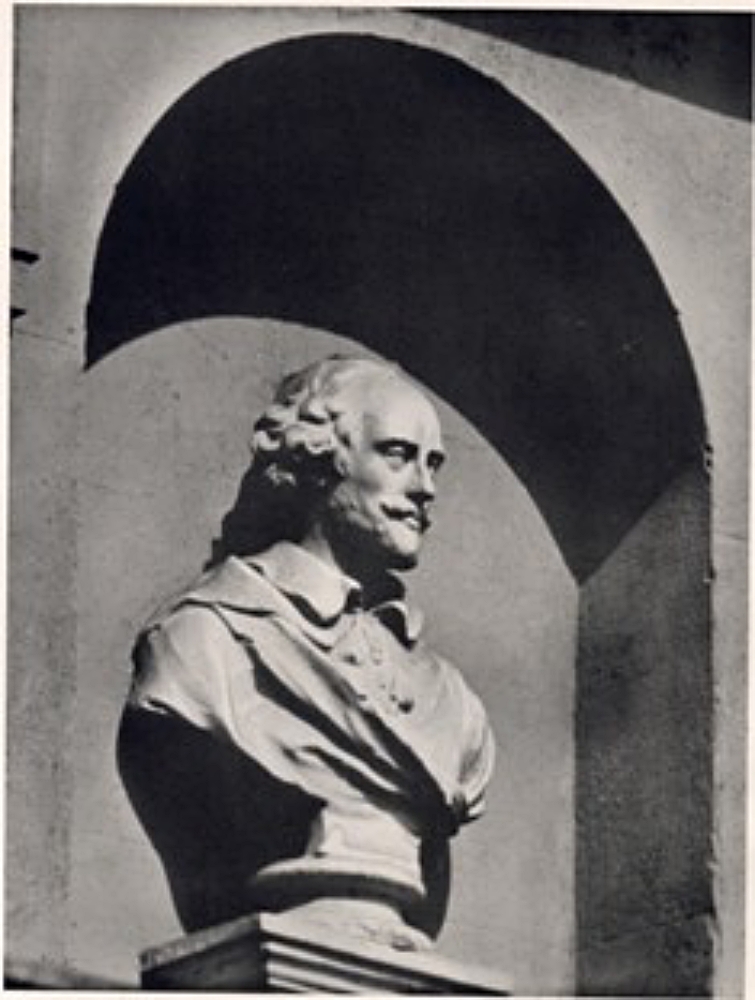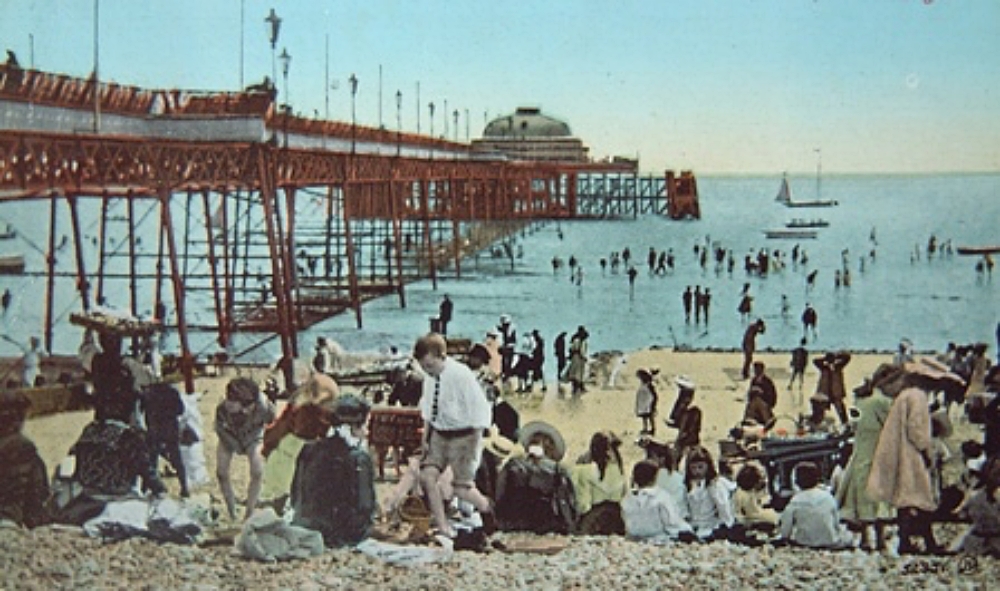Wherefore art thou, Shakespeare?

FOR 130 years, from 1807 until 1953, a bust of William Shakespeare safely resided in a niche over the main entrance of Worthing’s Theatre Royal in Anne Street.
At least, it was the Theatre Royal in its early days, when it was patronised by members of the royal family and the landed gentry who followed in their footsteps, when Worthing first became a fashionable place to spend long summer holidays. During the latter part of Shakespeare’s sojourn in his prominent alcove, the building became a
storehouse for the Worthing grocery firm of Potter Bailey and Co.
A bit of a let-down for the bard, but the grocery firm did at least honour their promise to the theatre’s administrators to keep Shakespeare safely in situ as a reminder of the old theatre’s bright place in the town’s social history.
Until, that is, Potter Bailey themselves closed down in the 1950s.
Worthing Borough Council decided the building would be demolished to make way for the Guildbourne Centre and that meant even Shakespeare had to move.

How best to give the bust of the bard an appropriate new home?
No better place, you’d think, than the foyer of Worthing’s Connaught Theatre. So it was to there, following an appropriately theatrical unveiling, that he was moved, bathed in his own newly installed spotlight.
But the theatre staff arrived one morning to discover that he had vanished.
The mystery has never been solved, though there can be little doubt the bust still exists somewhere in the world. Nobody, surely, would take considerable trouble to steal it, just to smash it with a hammer?
The only clue the theatre got to its whereabouts after curtain-down that night came in the form of a rumour that the bust may have been “liberated” – most would prefer to say stolen – by a group of visiting American college student theatregoers.
There was certainly a group of them in the audience on the night before the bust disappeared and they were reported as having been “in very high spirits”.
Where might the missing icon be today?
Perhaps somewhere in a US mid-western college campus, there is a bust of Shakespeare with an uncanny resemblance to our missing piece of Worthing theatre memorabilia, patiently awaiting rescue.
Or is the bust of the bard residing amid his own kind in some private collector’s darkened den crowded with theatrical knick-knackery?
We may never know. . .
World would never be the same again

A REMINDER of summer, only in this case, it was the last summer on Worthing beach before the outbreak of World War One.
Taken in 1914, and hand-coloured, this photograph was made into a postcard and sent around the world. It poses at least two unanswerable questions.
How many times might the greeting “Wish you were here” have been scrawled on the reverse and how many of its senders or recipients survived the following four years?